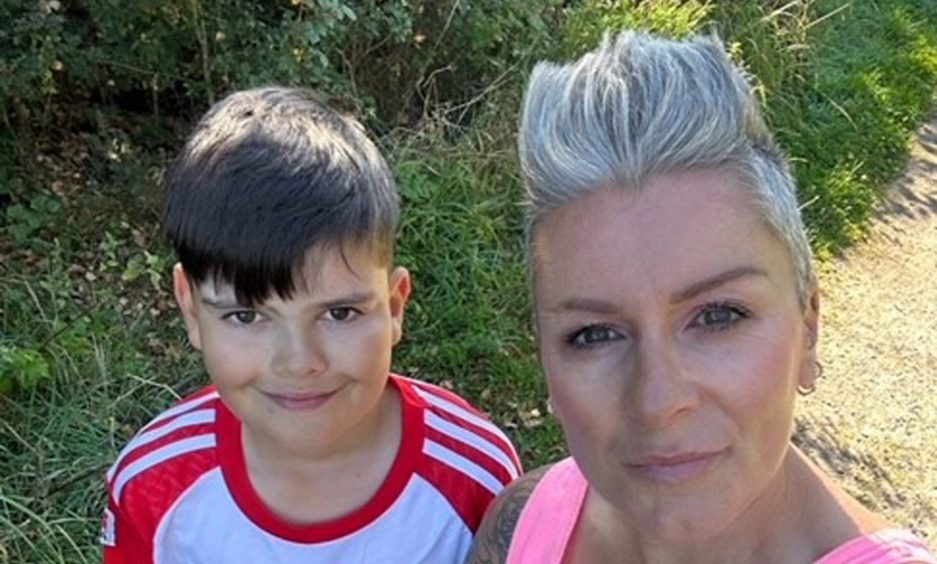
What is it that makes a mother remove a child from school and take their education into her own hands?
Frustration with our Scottish education system? Concerns about disruptive pupils?
…or perhaps a desire to grow a child’s golfing skills?
For Forres mum Ami Dundas, it was all this and more.
She’s taught her son Ruben, 11, at home since removing him from school 18 months ago — and she says he’s thriving.
Ami is one of an increasing number of parents choosing to home educate (or as it’s also known, homeschool) their children.
Figures obtained by The P&J show a dramatic surge in home education applications across Aberdeenshire, Aberdeen and Moray in recent years.
We spoke with Ami to find out what life has been like for her and Ruben, and how he’s been getting on since making the switch from classroom to living room.
Ami chose home education as son didn’t feel safe in the classroom
Of the many reasons Ami cited for her decision, one was related to disruption in classes for her son.
She said ASN pupils in Ruben’s class were “causing havoc in the classroom”, to the detriment of her son’s education.
“Ruben was in school for five years,” she explained.
“The first two years were okay, but then problems started to arise.
“ASN kids were throwing chairs, picking up scissors and threatening other kids, using bad language and just being unruly.
“And it seemed like those kids had more rights than the others.
“There were constant classroom evacuations, and these had a real detrimental effect on my child’s mental health.
“He was terrified, he felt unsafe in the classroom.”
‘I just thought, right, that’s it, I’ll teach him at home’
Ami said that after the pandemic, when the entire country was homeschooling their kids, she realised that she was able to get Ruben to a higher academic level than his school could.
“During Covid, it was quite clear to see that I was getting Ruben to a higher level than his school was.
“And he knew that I could homeschool him, so perhaps that played on his mind when he went back to school after Covid.
“He was getting quite emotional in the mornings before going to school.
“And added to the flexibility I’d been able to give him at home during Covid, which I could see he wasn’t getting in school, I just thought, ‘right, that’s it, I’ll teach him at home’.”
Home education proving a ‘fabulous’ experience compared to ‘one-size-fits-all’ school
Teaching Ruben at home, Ami says, also provides the freedom to focus on those subjects she feels are most relevant.
“It’s been fabulous. Ruben’s self-confidence has grown.
“He built a BMX bike from scratch with his dad that he then spray-painted, and he was really proud of it.
“You’re not going to get that sort of experience in school — nurturing his interests as opposed to this generic ‘one-size-fits-all’ programme. It really didn’t suit Ruben’s needs at all.
“As it is, I’ve got a far happier, more well-rounded, confident child than when he was in school, 100%.
“We only do two hours max a day of focused learning.
“So we do Spanish, maths, English, and he loves history – we did an archaeological dig at Brodie Castle, for example.
“We go fossil-hunting, his dad builds with him and does wee engineering projects. It really is a varied programme.
“You don’t need to have your nose in a book six hours a day. There’s different ways of learning and you find what suits your child.”
Ami also had worries over sex education being taught in school
Ami was also concerned about the sex education and “gender ideology” being taught in primary schools.
She argued that nine-year-old children aren’t “mature enough or developed enough to understand what they’re being shown”.
Ami added: “I showed a consultant paediatrician friend of mine the images they were showing in school and she couldn’t believe it.
“People know about it now because people have spoken up and made a fuss about it, but at the time, nobody knew about it, or at least it wasn’t very well known.”
Nurturing Ruben’s sporting talent: ‘Home education gives us the freedom to golf as and when we choose’
Another reason for deciding to home educate Ruben was his golfing talent.
Ami describes Ruben as a “top level” golfer who has aspirations to represent his country. And she feels a home education allows her to nurture this talent.
“Ruben’s an elite golfer, he’s at a Top-20 UK level and will probably progress to get a scholarship in America, should he so wish.
“Home education gives us the freedom to golf as and when we choose.
“If I’m continually hammering away at the maths and I can see it’s just not going in, we’ll take a break and go out golfing instead. We’ll return to the maths once he’s fresh and had a break.
“He’d never be able to do that if he was in school.”
Dramatic surge in home education applications as north-east parents say no to school
The number of home education applications has soared in recent years in Aberdeenshire, Aberdeen and Moray.
Local authorities said there were several reasons behind the rise, including a “notable increase in anxiety levels among young people.”
In Aberdeenshire and Moray, the jump in home education predates Covid.
Home education applications have shot up in Aberdeenshire, Aberdeen and Moray
Aberdeenshire home education applications on the rise, but what’s the cause?
In Aberdeenshire, there were only six home education applications submitted to the council in 2016/17.
This jumped to 52 in 2017/18, and reached a high of 60 in 2018/19. In 2022/23, the most recent full school year, there were 46 applications by parents to home educate their child.
Aberdeenshire Council told The P&J that they don’t record the reasons for a parent wanting to home educate their child. Parents aren’t obliged to give their reasons.
A spokesman said: “Anecdotally, we are aware of a range of different reasons – some choose to move to home education instead of starting secondary school, small numbers cite specific medical reasons for choosing to home educate, and others mention health and wellbeing needs.
“Some parents have also anecdotally shared that positive experiences of supporting their children’s learning during lockdown led them to consider home education in a way that they may not have done previously.”
In Aberdeen, applications go from just one a year to 30
In Aberdeen, just one home education application was submitted to the council in 2015/16.
By 2022/23 this had jumped to 30.
An Aberdeen City Council spokeswoman said: “Parents have chosen homeschooling to better support their children due to an increased number of pupils suffering from anxiety, and as an impact of the pandemic.”
…and a rise of just seven to a peak of 34 in Moray
And in Moray, which records figures by calendar year, home education applications rose from seven in 2016 to 25 in 2023, having peaked at 34 in 2020.
A Moray Council spokeswoman said: “While there are many reasons families choose to homeschool, there has been a notable increase in general anxiety levels among young people and families regarding attending school post-Covid.
“As a consequence, families are seeing more benefit in schooling their children at home. This has contributed significantly to the increase in applications in recent years.”
You can find out more about home education on the Scottish Government website.

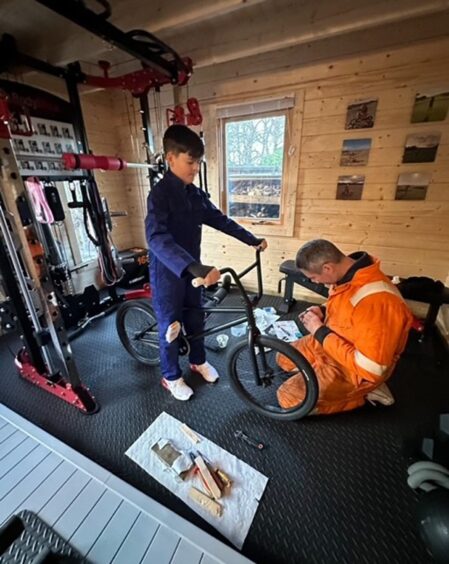

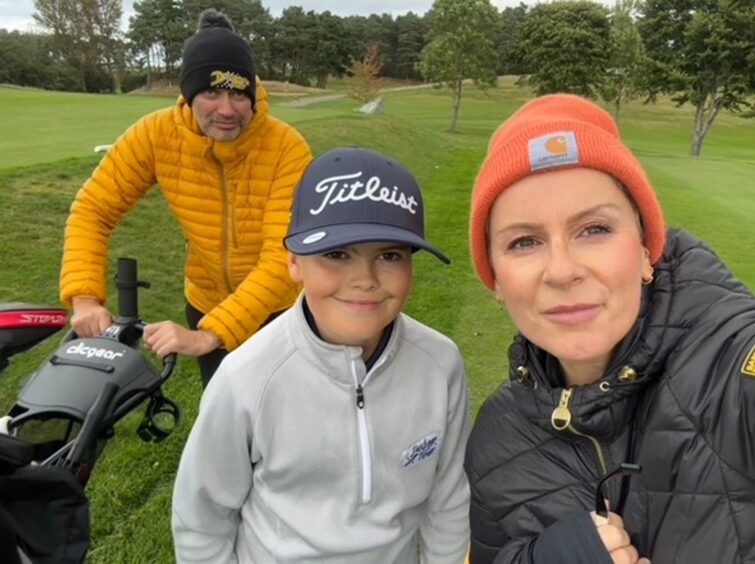


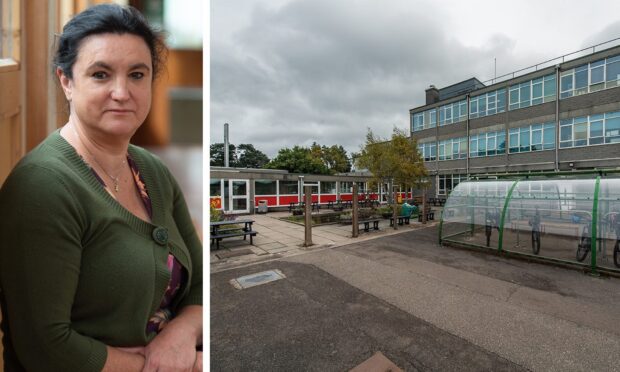

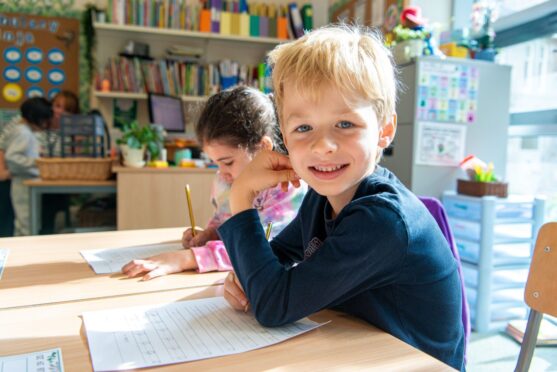






Conversation